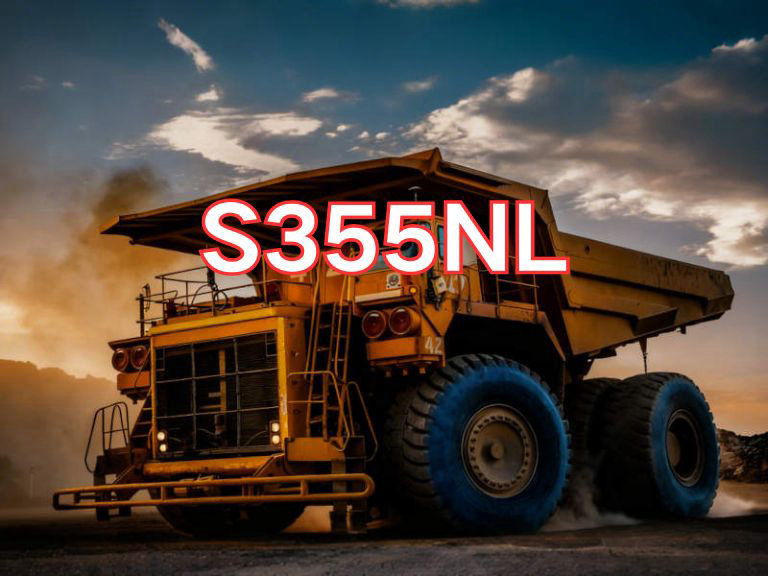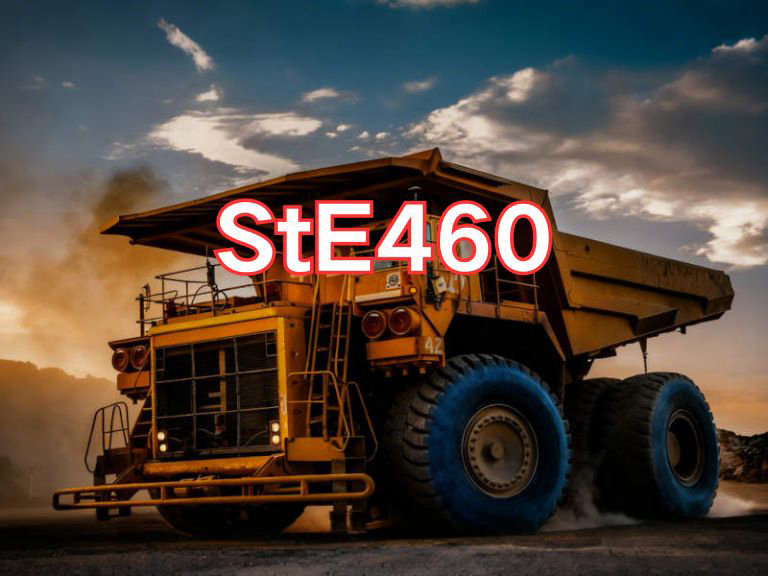

S355N
S355N is a high-strength, fine-grain, non-alloy structural steel, with its designation following the European standard EN 10025-3 naming system. In this system, "S" stands for "Structural steel," indicating it is designed for load-bearing and engineering applications; "355" refers to the specified minimum yield strength of 355 MPa at room temperature; and the letter "N" denotes the delivery condition as "Normalized" or "Normalizing rolled." Normalizing is a heat treatment process in which the steel is heated to the austenitizing temperature (approximately 890–950°C) and then cooled uniformly in air. This refines the grain structure, homogenizes the microstructure, relieves internal stresses, and enhances toughness and isotropy. Therefore, S355N refers to a structural steel with a fine-grained microstructure and excellent overall performance, produced through normalizing or thermomechanical rolling with a normalizing effect.
The main characteristics of S355N steel plate include a balanced combination of high strength, excellent weldability, and superior low-temperature toughness. Thanks to the normalizing treatment, its internal structure is more uniform and dense, with significantly refined grains, which enhances impact toughness—especially at 0°C and lower temperatures—while maintaining high strength. Its tensile strength typically ranges from 490 to 630 MPa, with high elongation, offering good ductility and fatigue resistance. The carbon equivalent (CEV) is strictly controlled, ensuring excellent weldability compatible with common welding processes such as MAG, SAW, and TIG. Welded joints are stable and reliable, generally requiring no preheating or only minimal preheating. Additionally, the steel exhibits good cold-forming properties, making it suitable for bending, pressing, and other fabrication processes.
S355N is widely used in applications demanding high welding quality, structural integrity, and safety, such as pressure vessels, boiler components, industrial storage tanks, bridges, building frames, cranes, and critical load-bearing parts subjected to dynamic loads or low-temperature environments. It is particularly suitable for equipment requiring post-weld heat treatment or long-term operation under complex stress conditions.
The current standard for S355N steel plate is EN 10025-3:2019, titled Hot Rolled Products of Structural Steels – Part 3: Technical Delivery Conditions for Normalized/Normalized Rolled Weldable Fine Grain Structural Steels. Published in 2019, this version supersedes the previous EN 10025-3:2004 and is the authoritative international specification. It specifies detailed requirements for chemical composition, mechanical properties, normalizing process, impact testing (typically at 0°C with a minimum of 27 J), and inspection procedures. As a representative grade of normalized fine-grain steels, S355N holds a significant position in advanced manufacturing and major engineering projects due to its stable performance and high reliability, making it an essential high-performance structural material in modern industry.

Ultrasonic Testing (UT)
A key non-destructive testing technique that uses high-frequency sound waves to detect internal flaws in steel plates. The probe emits sound waves, which reflect when encountering defects such as cracks or inclusions. The receiver captures the echoes, enabling precise determination of defect location and size. With high sensitivity, strong penetration, and fast inspection speed, UT effectively ensures internal quality, widely used in the production of heavy plates, pressure vessel plates, and other high-end products to guarantee safety and reliability.

Magnetic Particle Testing (MT)
A common surface inspection method that magnetizes the workpiece, causing leakage magnetic fields at surface or near-surface defects like cracks or inclusions, which attract magnetic particles to form visible indications. Simple to operate and highly sensitive, MT is suitable for rapid inspection of surface and near-surface flaws in ferromagnetic materials, widely used for online or offline inspection of plate edges, ends, and welds, ensuring product quality and safety.

Penetrant Testing (PT)
A non-destructive method for detecting surface-breaking flaws. A penetrant liquid is applied to the cleaned steel surface, allowing it to seep into defects such as cracks or pores. After removing excess penetrant, a developer is applied, causing the trapped penetrant to bleed out and form visible indications. Simple and cost-effective, PT is suitable for inspecting surface defects in various non-porous materials, commonly used for welds, castings, and complex components, effectively ensuring surface quality of steel plates.











